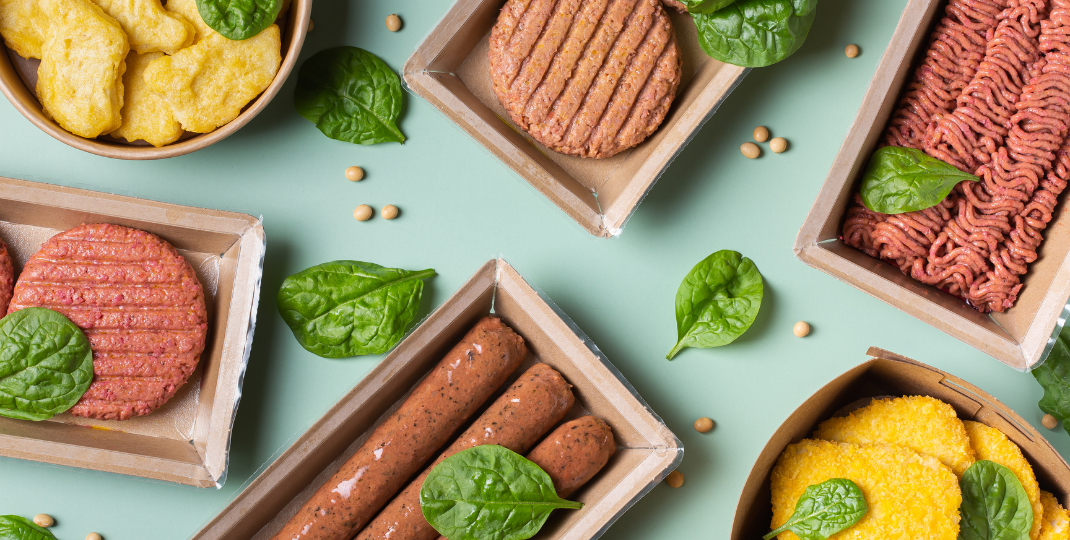Lipids are essential components in various industries, including food, pharmaceuticals, and cosmetics. However, the extraction of lipids from natural sources can often lead to their degradation, resulting in lower quality products with reduced efficacy. To ensure that lipid-rich products maintain their integrity and potency, it is crucial to minimize degradation during the extraction processes. By implementing proper techniques and protocols, such as using gentle extraction methods and protecting lipids from oxidation, we can preserve the quality and functionality of these valuable compounds for a wide range of applications. This article will explore strategies to minimize lipid degradation during extraction processes and produce high-quality lipid-based products.
Understanding the Main Factors Contributing to Lipid Degradation During Extraction Processes
The main factors contributing to lipid degradation during extraction processes include exposure to oxygen, light, and heat. Oxidation is a major concern as the double bonds in unsaturated fatty acids are susceptible to attack by free radicals, leading to the formation of off-flavors and rancidity. Light can also promote oxidation and degrade lipids, especially in the presence of photosensitive compounds. Additionally, high temperatures can accelerate lipid degradation reactions, resulting in the loss of nutritional value and the formation of harmful compounds such as trans fats. It is essential to minimize these factors and handle lipids carefully during extraction processes to preserve their quality and functionality.

Are there specific techniques or methods that can help prevent lipid degradation during extraction?
Yes, there are several techniques that can help prevent lipid degradation during extraction. One common method is using cold temperatures, such as refrigeration or freezing, to slow down enzymatic and chemical reactions that can lead to lipid degradation. Additionally, the use of antioxidants such as tocopherols or butylated hydroxyanisole (BHA) can help prevent oxidation of lipids during extraction. Another technique is to minimize exposure to light and oxygen, as both can contribute to lipid degradation. Proper storage conditions, such as using dark containers and storing extracts in a cool, dark place, can also help preserve the integrity of lipids during extraction.
How can we ensure proper storage conditions for lipid-containing samples to minimize degradation?
Proper storage conditions for lipid-containing samples can be ensured by storing them in a cool, dark, and dry environment to minimize degradation. It is important to protect the samples from exposure to light, heat, and oxygen, as these factors can accelerate the degradation process. Additionally, samples should be stored in airtight containers to prevent oxidation and contamination. Regular monitoring of storage conditions and proper labeling of samples can also help to maintain their integrity and quality over time.
Are there any additives or stabilizers that can be used during extraction to protect against lipid degradation?
During extraction, antioxidants such as tocopherols (Vitamin E) or ascorbic acid (Vitamin C) can be added to protect against lipid degradation. These additives help to prevent oxidation of the lipids, which can lead to rancidity and loss of nutritional value in the extracted product. Stabilizers such as lecithin can also be used to improve the solubility and stability of lipids during extraction, helping to maintain the quality of the final product. Additionally, pH regulators such as citric acid can be utilized to control the acidity of the extraction process, which can also help to protect against lipid degradation.
What role does temperature play in lipid degradation during extraction processes?
Temperature plays a crucial role in lipid degradation during extraction processes as it can accelerate the breakdown of lipids and lead to the formation of undesirable by-products. High temperatures can increase the rate of lipid oxidation, resulting in off-flavors and a decrease in the quality of the extracted lipids. On the other hand, low temperatures can slow down the extraction process, potentially leading to incomplete lipid extraction. Therefore, maintaining an optimal temperature range is essential for preserving the integrity of the extracted lipids and ensuring a high-quality final product.

Are there differences in lipid degradation rates between different types of lipids?
Yes, there are differences in lipid degradation rates between different types of lipids. Lipids can be classified into categories such as saturated fats, unsaturated fats, and trans fats, each with their own unique chemical structures and properties. These differences affect how quickly they can be broken down by enzymes in the body and metabolized for energy. For example, saturated fats tend to be more stable and resistant to degradation compared to unsaturated fats, which contain double bonds that make them more susceptible to oxidation. Trans fats, artificially created through hydrogenation, have been found to have a slower degradation rate and may accumulate in the body, leading to negative health effects. Overall, the composition and structure of different types of lipids play a significant role in determining their degradation rates and impact on overall health.
How can we monitor and measure lipid degradation during extraction processes?
One way to monitor and measure lipid degradation during extraction processes is by utilizing techniques such as gas chromatography, high performance liquid chromatography, or mass spectrometry to analyze the composition of lipids before and after extraction. By comparing the lipid profiles at different stages of the extraction process, researchers can identify any changes in the lipid content or structure that may indicate degradation. Additionally, monitoring factors such as temperature, pH, and oxygen levels during the extraction process can also provide insights into potential causes of lipid degradation. Regularly sampling and testing the extracted lipids using these methods can help ensure the quality and integrity of the lipid product.
Are there any novel technologies or approaches that can help reduce lipid degradation during extraction?
There are several novel technologies and approaches that can help reduce lipid degradation during extraction, such as the use of ultrasound-assisted extraction, supercritical fluid extraction, and enzymatic extraction. Ultrasound-assisted extraction applies high-frequency sound waves to disrupt cell walls and improve mass transfer, resulting in higher extraction yields and reduced degradation of lipids. Supercritical fluid extraction utilizes supercritical carbon dioxide as a solvent, which has low viscosity and high diffusivity, allowing for efficient extraction of lipids without the need for high temperatures that could lead to degradation. Enzymatic extraction involves the use of enzymes to break down cell walls and release lipids, leading to a more gentle extraction process that minimizes degradation. Overall, these technologies offer promising solutions for reducing lipid degradation during extraction and improving the quality of extracted lipids.
Minimizing Lipid Degradation During Extraction Processes for High-Quality Products
To minimize degradation of lipids during extraction processes and ensure the production of high-quality products, it is essential to carefully control key parameters such as temperature, time, and solvent type. Using gentle extraction methods such as cold pressing or supercritical fluid extraction can help preserve the integrity of lipids and reduce oxidation. Additionally, storing extracted oils in dark, airtight containers and minimizing exposure to light, heat, and oxygen can further protect the quality of the final product. By implementing these strategies, producers can effectively minimize lipid degradation and maintain the nutritional value and sensory properties of their products.
